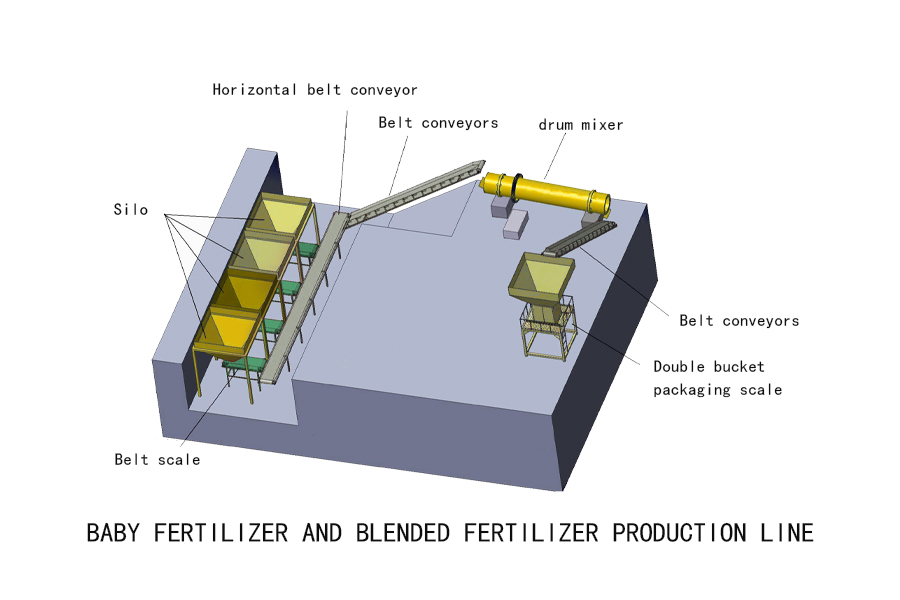The global fertilizer market is projected to reach a staggering USD 300 billion by 2025, with bulk blending fertilizers playing an increasingly pivotal role in this growth. The production line for bulk blending fertilizer stands at the forefront of this industry transformation, offering innovative solutions that cater to the diverse needs of modern agriculture.
Understanding Production Line for Bulk Blending Fertilizer

The production line for bulk blending fertilizer is designed to efficiently mix various nutrient components into a homogeneous product tailored for specific crop requirements. This system not only enhances productivity but also optimizes resource utilization, which is crucial in today’s competitive agricultural landscape. Key market attributes include scalability, flexibility in formulation, and cost-effectiveness. Furthermore, as farmers seek customized solutions to improve yield and sustainability, the demand dynamics are shifting towards more sophisticated manufacturing processes.
Manufacture Fertilizer Machine and Market Dynamics
The manufacture fertilizer machine plays a critical role within the broader context of market dynamics associated with bulk blending fertilizers. These machines are engineered to accommodate varying input materials while ensuring uniformity in output quality. As technological advancements continue to emerge—such as automation and real-time monitoring—the efficiency gains translate directly into reduced operational costs and enhanced product consistency. Additionally, manufacturers must navigate fluctuating raw material prices and evolving regulatory standards that influence their production strategies.
Xincheng’s Characteristics in Market Dynamics
Xincheng has established itself as a key player within the market dynamics surrounding bulk blending fertilizers through its commitment to innovation and customer-centric approaches. By leveraging advanced technologies such as IoT integration and data analytics, Xincheng enhances its production capabilities while responding swiftly to changing consumer demands. Their strategic partnerships across supply chains further bolster their position by ensuring timely access to high-quality inputs necessary for optimal blend formulations.
Conclusion
In summary, the production line for bulk blending fertilizer exhibits significant characteristics that align closely with current market dynamics—ranging from customization capabilities driven by farmer preferences to technological innovations enhancing manufacturing efficiency. As we move forward into an era marked by increasing agricultural challenges and opportunities alike, understanding these attributes will be essential for stakeholders aiming to thrive within this vital sector.

